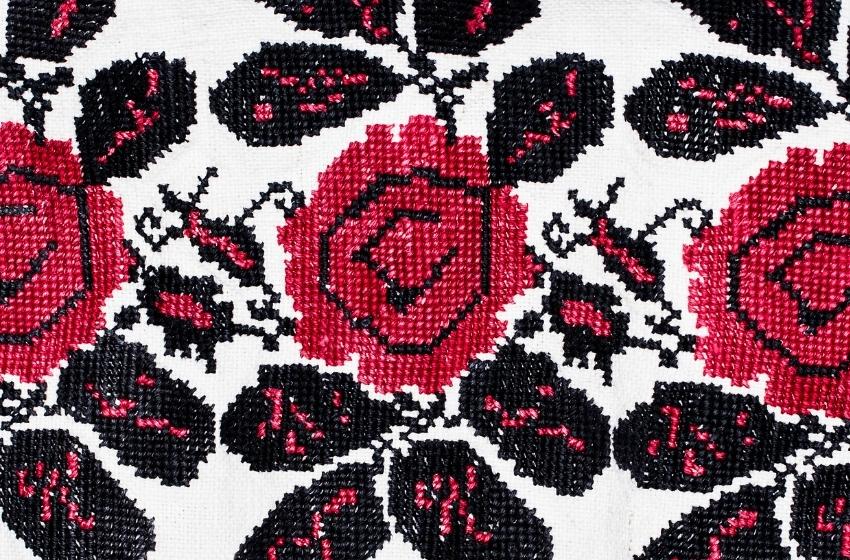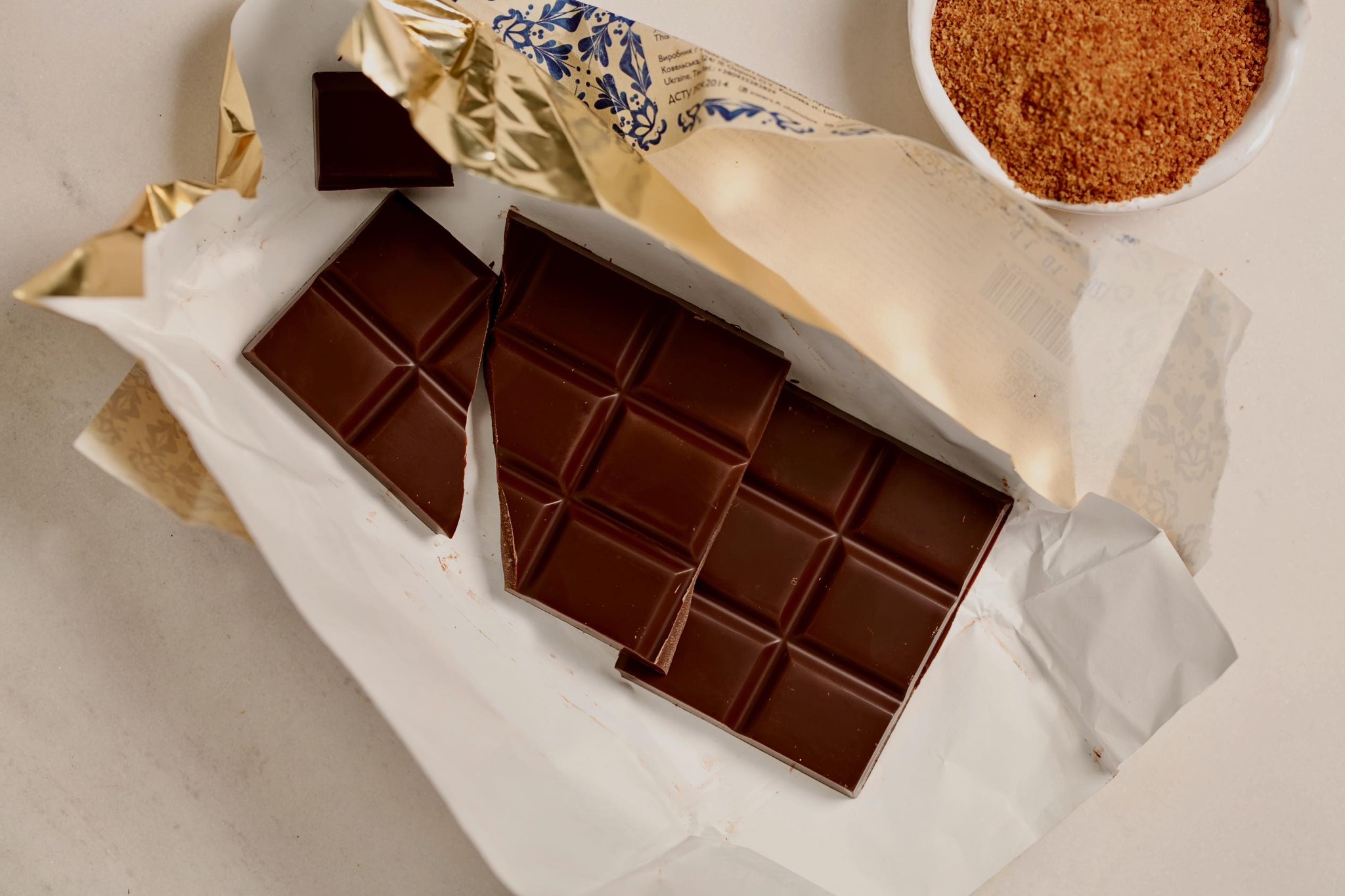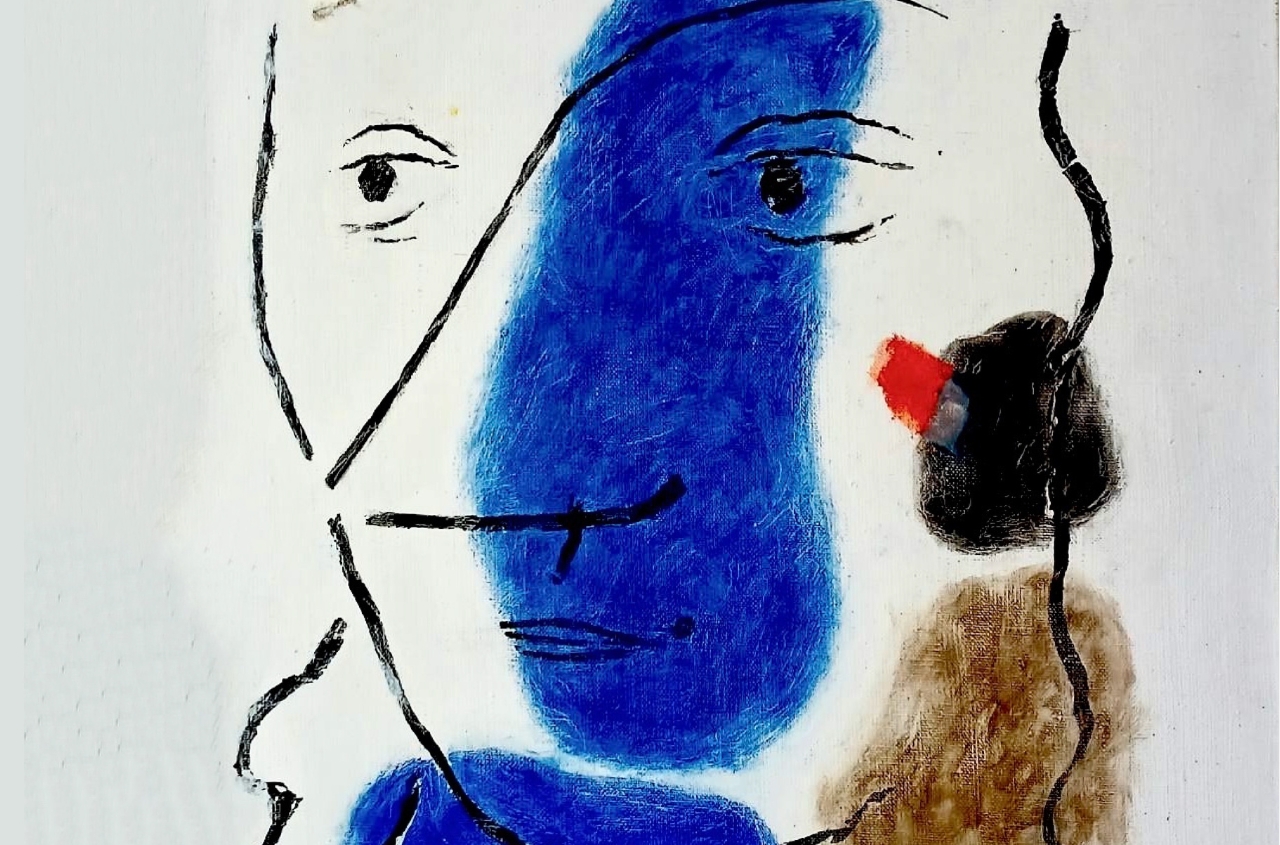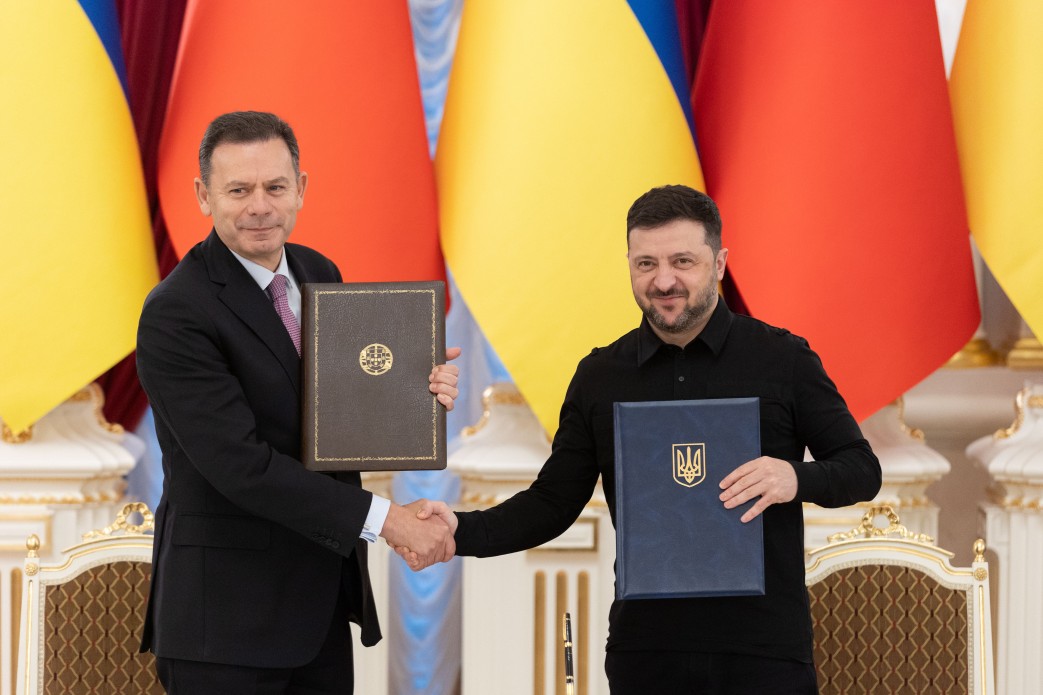The use of rushnik (towel) in everyday life is a thing of the past. The tradition of serving bread and salt on towels has also been preserved. The collection of rushniks is one of the largest in the collection of the museum. It has almost 300 items, including both Ukrainian and Bulgarian, Russian, Moldovan, Gagauz and Greek.
This diversity is due to the history of the settlement of the region, in which the ethnic composition was formed at the time when the Northern Black Sea region was conquered from Turkey and annexed to the Russian Empire.
It was then that immigrants from Ukraine, Russia, and European countries appeared here. All of them began to actively explore the vast expanses of the steppe, carrying with them elements of their inherent culture, preserving various traditions and rituals. Women weaved and embroidered a large number of towels that served various household needs, adorned the interior of the dwelling, which were an obligatory attribute of wedding, maternity and funeral rites.
The collection is based on materials from the Museum of Steppe Ukraine, which existed in Odessa since 1925 and had exhibits of great historical and artistic value. Under the leadership of its director the unique samples of folk weaving and embroidery were collected. Over time, the collection has expanded significantly and includes 158 Moldovan, 70 Ukrainian, 25 Russian, 13 Bulgarian, 6 Gagauz and 5 Greek rushniks.
Ukrainian rushnik, brought by settlers from Podillya, Kyiv region, Poltava region and other regions of Ukraine, are distinguished by a great variety in the technique of execution, materials used, and decorative design.
The collection of Ukrainian rushniks in the Odessa Museum of History and Local Lore can be conditionally divided into two main groups: woven and embroidered.
Among the woven towels, the so-called Krolevets rushniks stand out sharply. They were made from the middle. XIX century in the city of Krolevets, Sumy region and became widespread throughout Ukraine. Krolevets towels were made using a sorting technique, which made it possible for the weaver to freely place a pattern with any geometrized motives on the canvas. They are characterized by strict symmetry and a clearly defined axis in the composition of the pattern. Placed in rows images of flowers, animals, birds. Among the birds, the eagle was the most popular. The exposition of the Odessa Museum of History and Local Lore presents a towel on which double-headed eagles with crowns are woven - a symbol that originates from ancient Byzantium. Red and white colors are traditional, but others are gradually added to them: green, blue, yellow. Krolevets towels were very popular and were often exported even outside Ukraine.

Another type of woven towels is the so-called "bulk", which were made of linen and decorated with transverse stripes (6). They were widespread throughout Ukraine and were used as an attribute in family and household rituals: weddings, funerals, such towels were served to the elders. Towels with stripes of red and black colors we see on the icons.
The next group - embroidered towels, made by hand in a wide variety of techniques, different seams and techniques, in different colors. The main color of the embroidery is red, which stands out clearly against the white background. In the northern, central and eastern regions of Ukraine, it is the red color of the threads that dominates. Sometimes yellow, blue, black are added. Bukovina towels combine red, green and blue colors.
The main compositional techniques are two: the arrangement of the picture in several horizontal rows or in the form of one vertically located motive.

On rushniks brought from the Poltava region, the white field is outlined along the contour with a plastic stalked seam or a narrow strip of oblique surface and is filled inside with a red floral pattern. A special effect is created by contrasting combinations of openwork elements and a dense body surface. The decoration of the Poltava rushniks is very diverse. The main motive - the so-called "tree of life" - is presented as a growing tree or a bouquet in a flowerpot, where the pronounced central axis of the composition develops with the help of smaller additional elements. In addition to flowers, berries and birds are introduced, but necessarily in the nature of the development of the main motive.
Another type of ornamentation - rushniks with geometric or highly geometrized designs, where embroidery is limited only by the end of the towel, is typical for the South of Ukraine and Podolia.

Rushniks s from the Odessa region and the eastern regions of Moldova are ornamented according to the same type, but they differ sharply in the materials used. In our climatic conditions, with a characteristic dry summer, flax did not give a sufficiently long fiber, it was purchased in other regions and was rarely used as a base. For the woven base, hemp thread was more often used, which, even after long and laborious processing, had a coarse structure and a characteristic gray color. But this was compensated by bright embroidery, which was done with a cape or dyed with wool or linen. Only natural dyes were used for dyeing. Dream-grass and cornflowers gave blue paint, yellow - birch and alder leaves, brown - oak or pear bark, onions. Mixing paints, they got a variety of shades, many of which have not gone out even now.
Birds are frequent guests on Ukrainian rushniks. In addition to the aforementioned Byzantine eagles on the Krolevets towels, we see pairwise birds on wedding towels. Somewhere in the depths of the people's memory, the meanings of the symbols on the towels-amulets are hidden. An interesting rushnik came from the Museum of Steppe Ukraine, where, on a hemp basis, a cross is embroidered with red and blue threads in two rows of female figures holding hands, and between them a row of horses. Perhaps this embroidery tells about the ancient pagan holiday of Ivan Kupala.

The compact living of peoples with different traditions led to the borrowing of styles, the embroiderers learned from each other. As a result, we have towels made in the Odessa region, but in the technique inherent in Podillia or combining various types of techniques. So a towel of the end of the XIX century, transferred to the museum by Ivanitsa Ustinya Ivanovna from the village. Grabovo, Kodyma district, decorated with a "flower in a flowerpot" pattern (typical of Poltava region), but in a technique typical for our region. Some towels combine different types of needlework: embroidery and crocheted inserts, hemstitching and embroidery.
Among the decorative towels, the "bozhnik" stand apart. In every Ukrainian house there was a kind of home altar - in the corner hung a lamp and icons in rushniks, which were called "bozhnik". They were embroidered on a narrow linen cloth up to 4 meters long or more, but the ornamentation went only along one edge, and the ends were decorated with various floral motifs. The ornament is a continuous "twisted stem". On one of the bozhniks, which is in the funds of the museum, crosses in a floral frame are embroidered at the ends, on the other - a stylized tree of life. The "twisted stem" ornament is also embroidered on other Ukrainian rushniks, as a symbol of eternal return, endless cycle in nature, alternation of fruit and flower. In the museum collection, it is presented in the form of lily flowers, viburnum branches.

The use of rushnik in everyday life is a thing of the past. The tradition of serving bread and salt on rushnik has also been preserved. More and more rarely, rushniks are used in various rituals and are increasingly being replaced by purchased ones, where a long embroidery process is replaced by a printed technique.





















